TRIAXIAL TILT SENSOR NODE
This wireless 3 axis tiltmeter has been successfully used in many applications, including those measuring:
- Tunnel distortion
- Tunnel heave/settlement
- Embankment slippage
- Structural movement
- Rail track heave/settlement
- Rail trackbed cant and twist
Categories: Geo-Structural Instruments, Tilt meters
Description
The Triaxial Tilt Sensor Node is an extremely precise and exceptionally stable three axis wireless tilt meter for use in a variety of sectors.
Variable reporting rates, a robust design and up to a 15 year battery life make this wireless 3 axis tiltmeter suitable for many environments and applications. The wireless tiltmeter nodes transmit precise readings from the site via one of our wireless communication platforms (FlatMesh or GeoWAN) via a Gateway. Visualise and interact with your data online using the Senceive WebMonitor platform or third party software.
Additional information
| Brands | |
|---|---|
| Range |
±90° |
| Resolution |
0.0001° (0.00175 mm/m) |
| Repeatability (-IX variant) |
±0.0005° (±0.0087 mm/m) |
| Repeatability (-IXH variant) |
±0.0025° (±0.0436 mm/m) |
| Dimensions excluding antenna |
90 x 90 x 60 mm |
| Total Mass |
0.6 kg approx |
| Housing Material |
Die cast aluminium |
| Protection (BS EN 60529: 1992 + A2: 2013) |
IP66 / IP67 |
| Mounting Options |
1/4" UNF holes in bottom. M4 blind holes in side. |
| Operating Temperature Range |
-40°C to +85°C |
Reviews (0)
Be the first to review “TRIAXIAL TILT SENSOR NODE” Cancel reply
About brand
Since 2005, Senceive has been singularly focused on bringing intelligent wireless condition monitoring to civil engineering and rail applications. Senceive is widely seen as the global leader for wireless remote condition monitoring solutions, with more than 30,000 sensors installed in 2020 alone.
Related products
VW PIEZOMETER VWP-3000 SERIES
In stock
Rated 0 out of 5
BOREHOLE ROD EXTENSOMETER
In stock
Rated 0 out of 5
The Geosense® GEO-XB2 borehole rod type extensometer range is used to measure and locate settlement, displacement and deformation in soil and rock.
It consists of a reference head and one or more in-hole anchors each of which is placed at a known depth and connected to the reference head by either a rigid or flexible rod running inside a flexible sleeve, which keeps the rod de-bonded from the grout.
VWPHT-3600 SERIES
In stock
Rated 0 out of 5
The VWPHT-3600 series High Temperature Piezometers are suitable for the extreme environments of temperature and pressure found within applications such as geothermal heat and enhanced oil recovery systems including steam assisted gravity drainage (SAGD) and cyclic steam stimulation (CSS). They are capable of monitoring high temperatures up to 250°C and pressures up to 34.5 MPa.
NANO TRIAXIAL TILT SENSOR
In stock
Rated 0 out of 5
The Nano range uses the same core platform as our other tilt sensors, so it can deliver a similar level of performance and reliability, all in a small and robust enclosure. Nanos have been successfully used in many applications, including:
- Tunnel distortion
- Tunnel heave/settlement
- Embankment slippage (used in conjunction with stake mounts)
- Structural movement
- Rail track heave/settlement
- Rail trackbed cant and twist
PORTABLE MEMS INCLINOMETER
In stock
Rated 0 out of 5
The MEMS Portable Inclinometer system utilises modern communication and Smart devices to enable the tilt data generated by the probe to be managed, stored and transferred directly from site via FTP, API, email or other communication platforms.
It is available for vertical, inclined and horizontal applications.
TILT BEAM
In stock
Rated 0 out of 5
The Tilt Beam is a lightweight, rigid aluminium beam that is used in conjunction with a Triaxial Tilt Node, a NanoPlus or a NanoMacro.
The tilt beam has been successfully used in many applications, including:
- Movement monitoring of any structure
- Longitudinal settlement
- Tunnel convergence/divergence
- Lateral displacements
STANDPIPE PIEZOMETER
In stock
Rated 0 out of 5
INCLINOMETER CASING QJ
In stock
Rated 0 out of 5


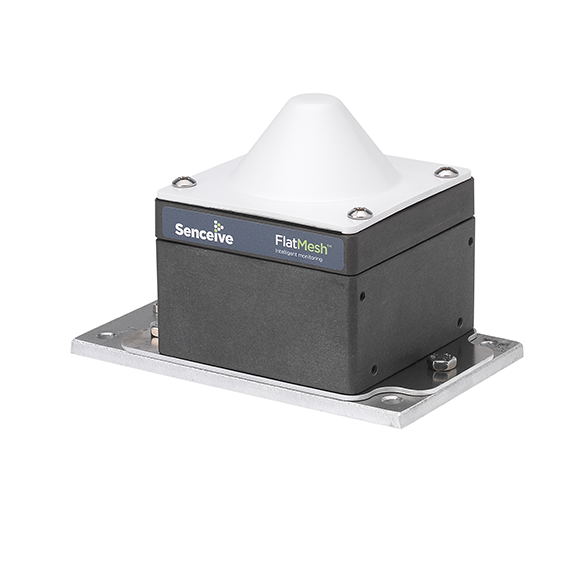





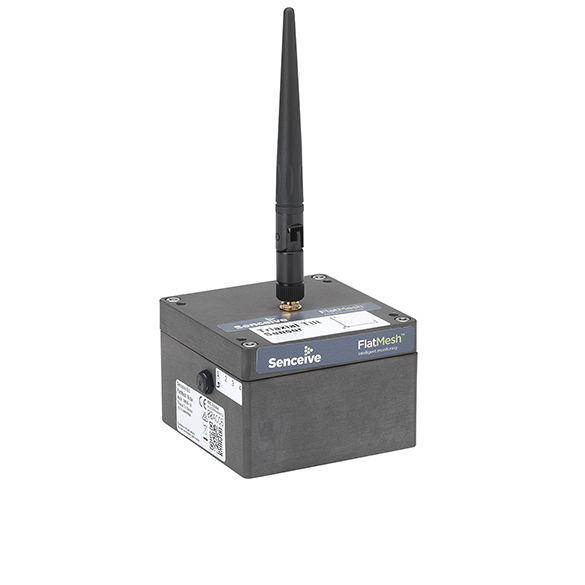
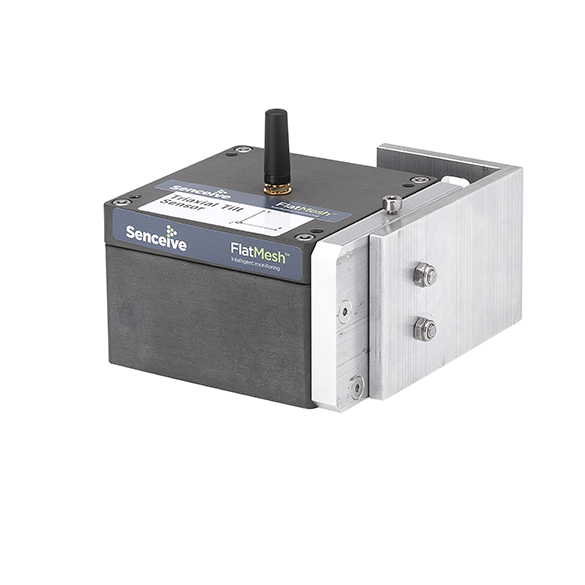
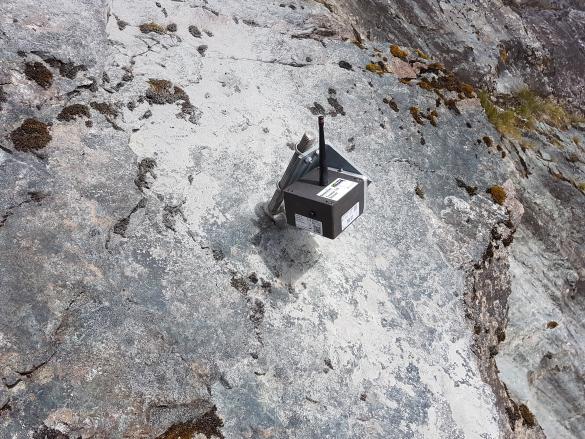

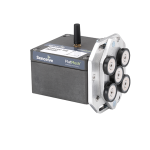
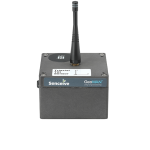

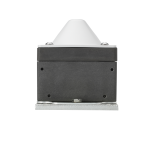
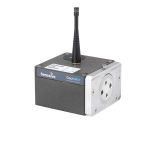

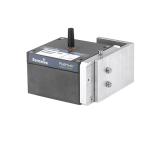
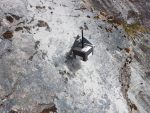
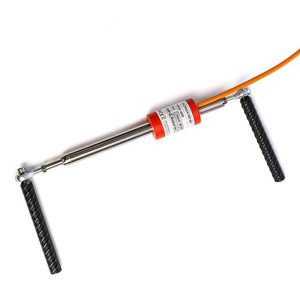
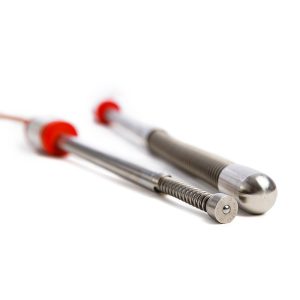
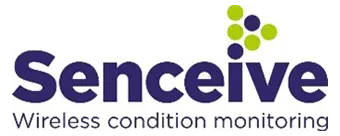


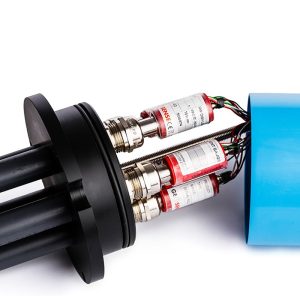
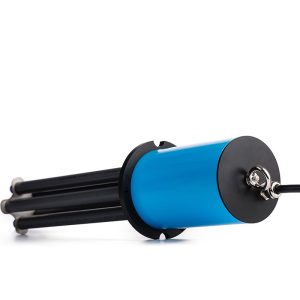
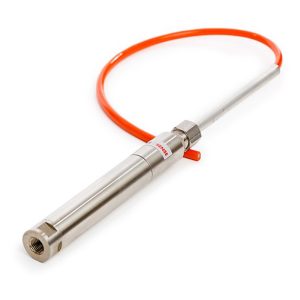

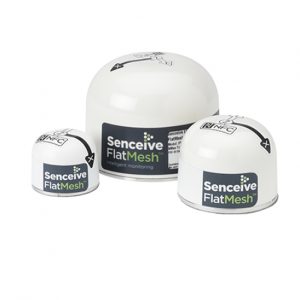
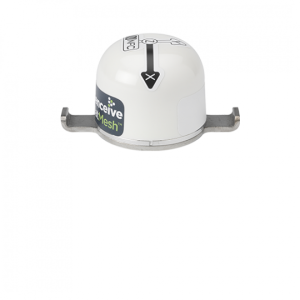

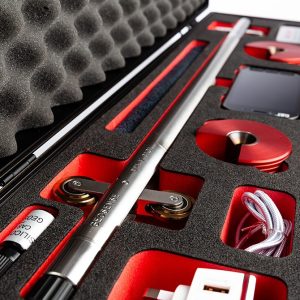
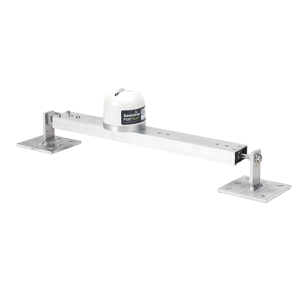
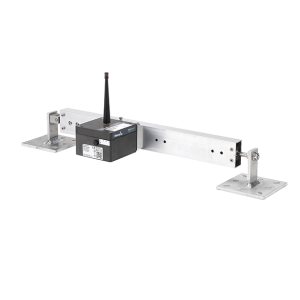

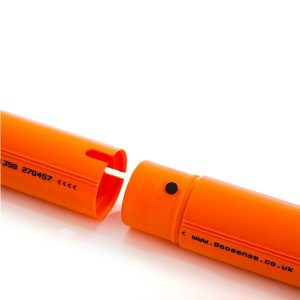

Reviews
There are no reviews yet.